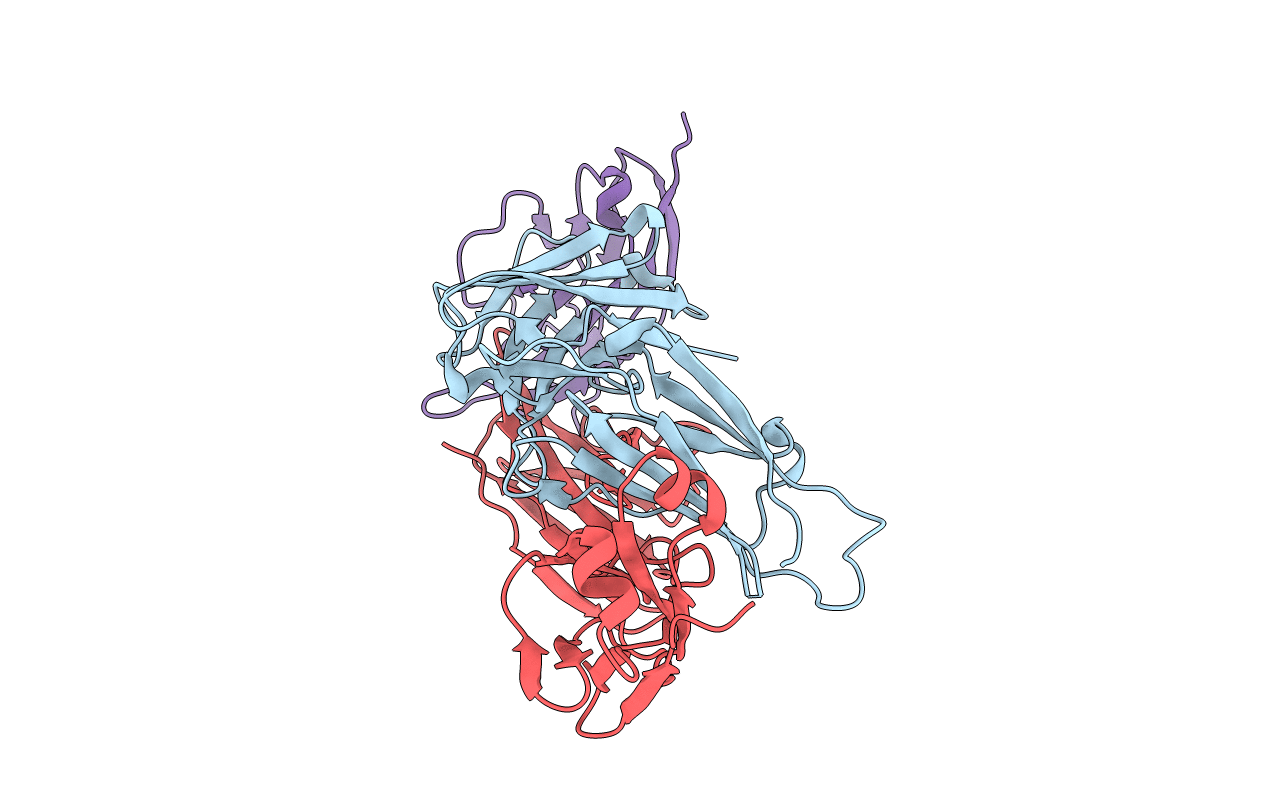
Deposition Date
2019-01-11
Release Date
2019-08-07
Last Version Date
2024-10-16
Entry Detail
PDB ID:
6NMV
Keywords:
Title:
Non-Blocking Fab 218 anti-SIRP-alpha antibody in complex with SIRP-alpha Variant 1
Biological Source:
Source Organism:
Homo sapiens (Taxon ID: 9606)
Host Organism:
Method Details:
Experimental Method:
Resolution:
2.61 Å
R-Value Free:
0.30
R-Value Work:
0.19
R-Value Observed:
0.20
Space Group:
P 1 21 1


